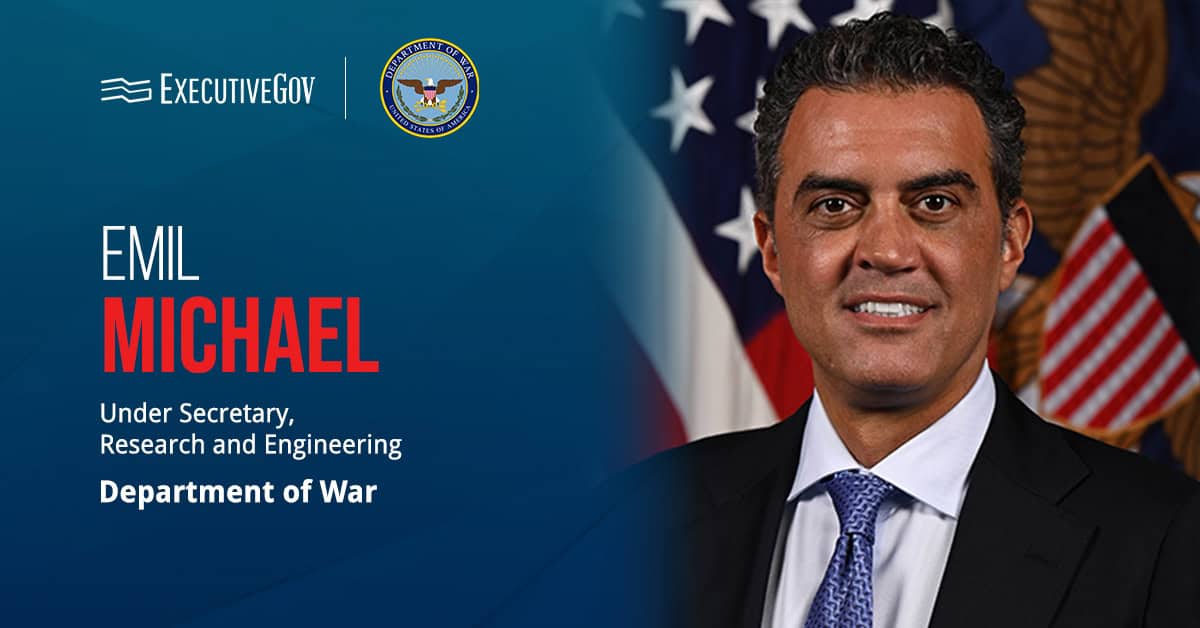
The Department of Homeland Security admitted that President Trump’s plan to ban products from Huawei will be costly and complicated to implement, Politico reported Friday.Â
One official said U.S. companies may also face challenges to comply. Robert Kolasky, head of DHS National Risk Management Center, discussed Trump’s supply chain executive order during a webinar hosted by the USTelecom and Inside Cybersecurity. “Security can cost money,†he said. “And costs can sometimes be prohibitive to do things that might be optimal levels of security.â€
Meanwhile, the supply chain task force at DHS plans to expand initiatives in the information and communications technology sector to further secure the U.S. industry.





